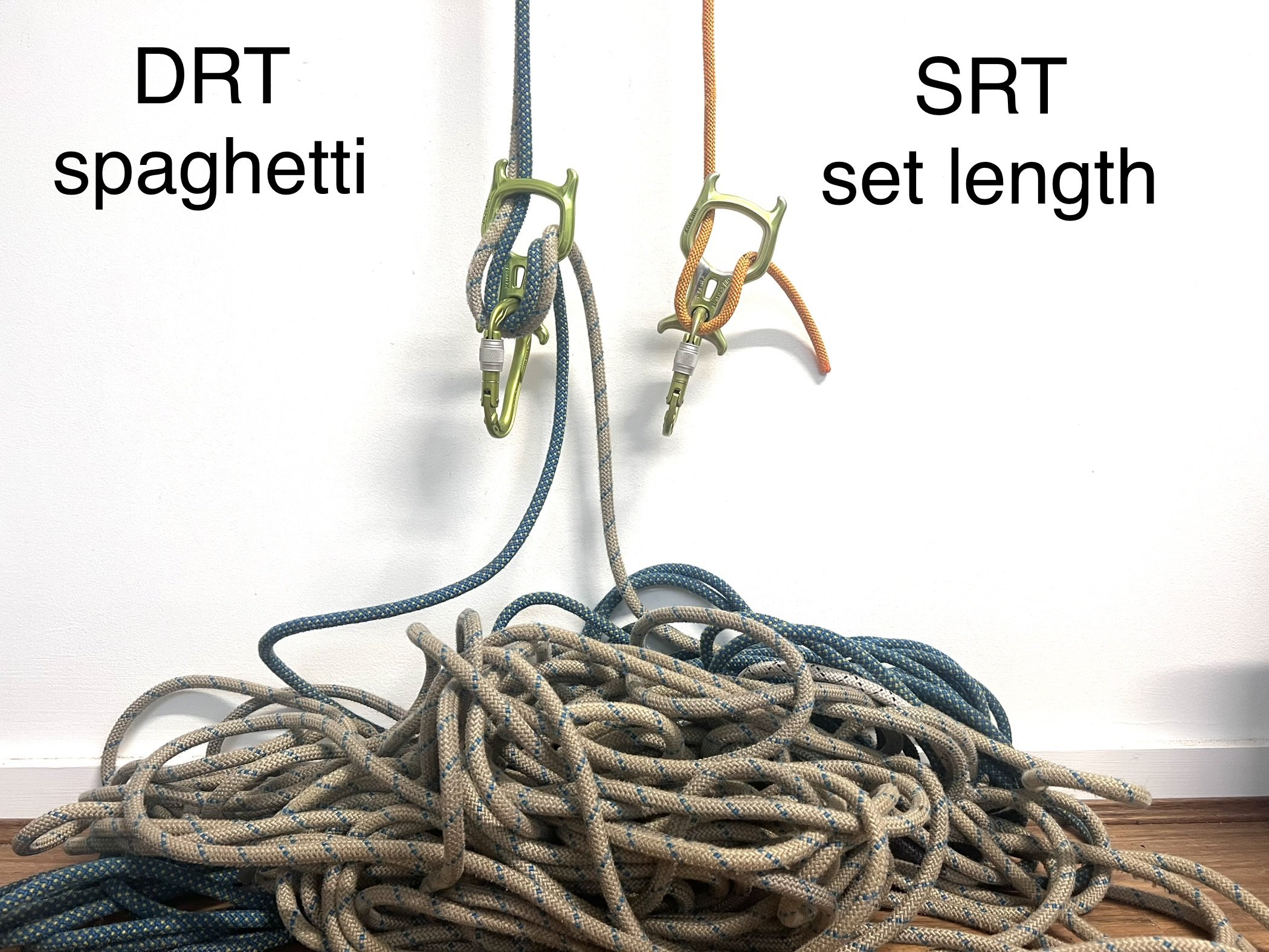#2 Introduction to Single Rope Technique
Continuing from our previous blog, when we are in a canyon where our landing is dry or shallow, or we are not moving through watery abseil we might not need SRT.
Double ropes working just fine
But in turbulent, moving or recirculating water, excess rope can become a “death spaghetti”. It presents a significant hazard in the form of entrapment and potentially drowning.
Single rope technique. Rope length set off the water surface during minor flooding.
What’s the issue for Australian canyoners?
Canyoning in Australia has expanded beyond the Blue Mountains. It’s not just shallow catchments, slot canyons, and tributary creeks. There are canyons fed by major rivers, with hard rock such as basalt and granite, with enormous catchment zones and complex hydraulic systems to traverse. “Throw and go” is unsuitable for this terrain.
Conclusion
Pick the right tool for the job. Throw and go is fine. It has worked for 50 years of Blue Mountains canyoning. But if you are looking at new terrain, or perhaps facing a consecutive third La Nina season in the Blue Mountains, it just might be a good time to learn about Single Rope Technique.

